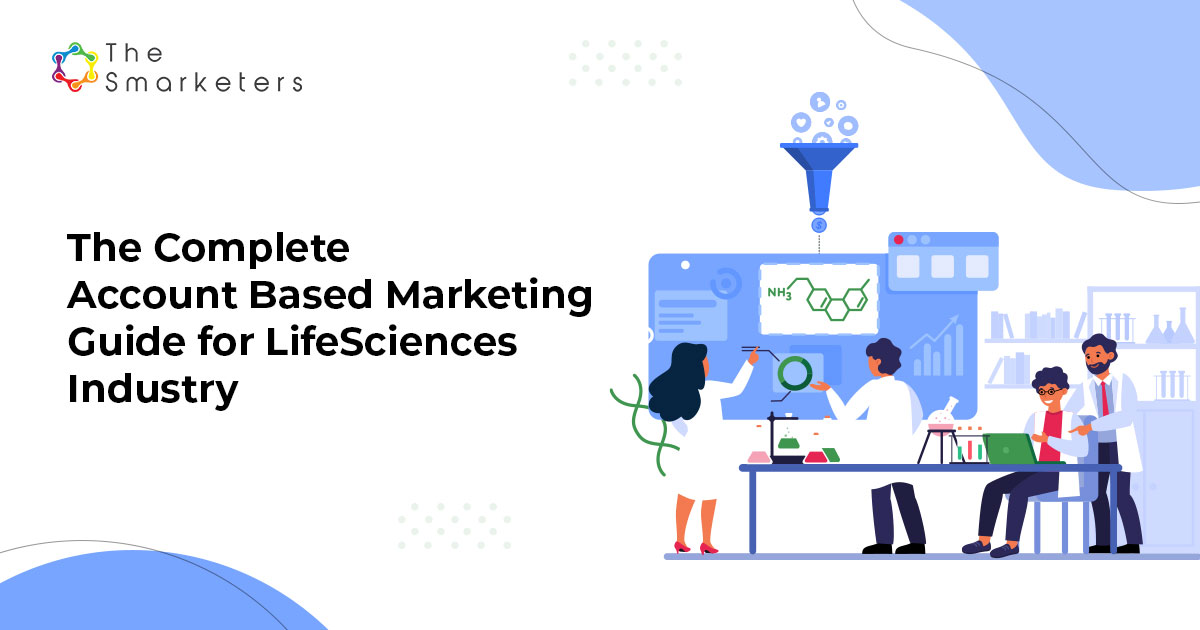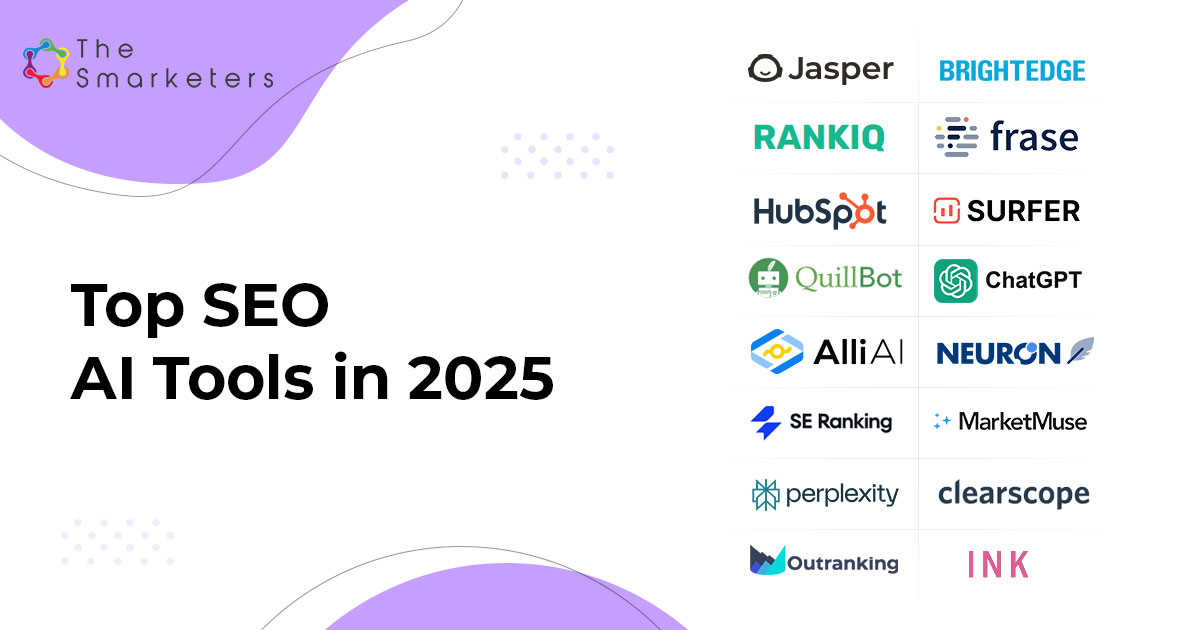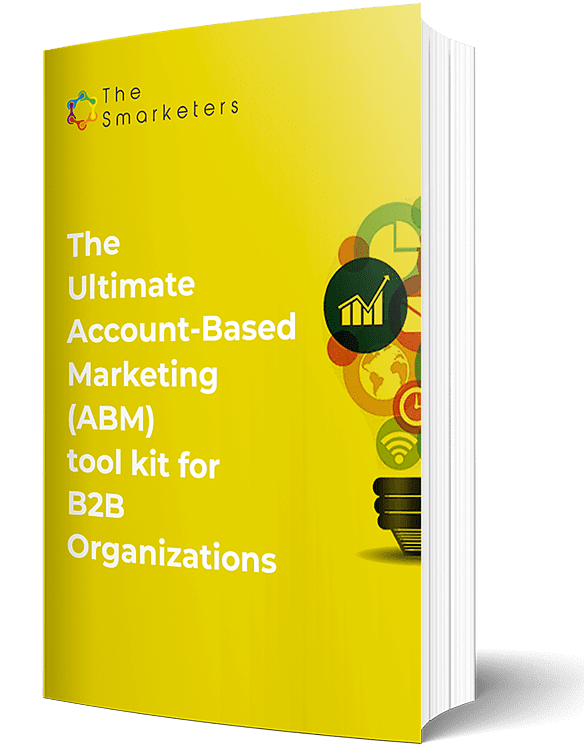Forward-thinking organizations know that social media marketing is a non-negotiable aspect of the digital marketing umbrella, and rightly so. Social media marketing allows brands to interact directly with consumers and reach a broader audience.
The significance of social media is underscored by its capacity for real-time feedback, enabling brands to make quick decisions and maintain a competitive edge in the ever-evolving digital marketplace. Since its inception, the social media landscape has undergone a dramatic transformation. Platforms like Facebook, Instagram, YouTube, Twitter, and LinkedIn have evolved from simple social networks to business-critical marketing channels. This shift highlights the transition from casual social interactions to sophisticated strategic marketing.This blog will explore how to build a successful social media marketing strategy to boost your B2B brand’s online presence and engagement.
Understanding Social Media Marketing
The core focus of social media marketing strategy is crafting engaging and personalized content exclusively for social platforms to promote products and services, build a vibrant online community, and drive traffic to your business. With new features and platforms continuously emerging, the social media marketing landscape is dynamically evolving.
The essence of social media marketing lies in connecting with your target audience where they are (i.e., on the channels they frequent). While the strategies employed will vary based on the media channels used by your target audience, the benefits realized are generally the same.
The Benefits of Social Media Marketing
Thanks to its popularity and versatility, social media is an incredibly potent tool for business promotion. Unlike traditional marketing methods (including flyers, billboards, and radio spots), social media marketing is highly measurable. Here are some of the most significant benefits:
- Humanize Your Brand: Marketers can directly interact with current and potential customers (for instance, answering their concerns about a product/service). This promotes personalized customer-brand interaction while showing users that you value their feedback and opinions.
- Drive Traffic: Incorporating links to your website in your social media posts can significantly increase relevant traffic, which benefits your SEO strategy and can convert visitors into customers.
- Generate Leads: Sharing and promoting your products on social media enhances lead generation, boosts conversions, and increases sales by targeting engaged followers.
- Boost Brand Awareness: Social media elevates brand awareness by driving engagement through comments, likes, shares, reposts, and saves. It also directs traffic to your website through strategic link placements in your profile, bio, and posts.
Build Relationships: Engaging with your followers on social media helps form lasting relationships. Responding to user comments, offering support, and showing appreciation through interactive posts and giveaways can build trust and loyalty.
How to Create the Ultimate Social Media Strategy
The most foundational steps to building a successful social media strategy stay the same.
1. Set actionable goals for your business
The foundation of an effective social media marketing strategy begins with setting clear goals that align with your overall business objectives.
An excellent place to start is by asking what you aim to achieve through your b2b social media efforts. Ask yourself, do you want to –
- Generate leads?
- Drive website traffic?
- Expand market reach?
- Increase brand awareness?
- Boost customer engagement and improve CX?
After establishing the overarching goals, divide them into smaller, more achievable steps. This approach will help you identify the specific actions and strategies required to reach your objectives.
For example, if you want to expand your brand’s market reach, your social media strategy should focus on targeting user personas in new markets and personalizing content that appeals to new demographics.
2. Identify buyer personas and the target audience
Once you’ve set your goals, the next crucial step is to define how you’ll achieve them. You need to understand your buyer personas and target audience. Knowing your audience is essential for creating content that meets their needs and interests.
Start by identifying the people you want to reach, why you want to reach them, and how you can classify them. Comprehensive audience profiles that highlight key demographics, interests, and behavior patterns can ensure your content connects with the right audience and your campaigns achieve maximum impact.
HubSpot’s “Marketing Persona” templates offer a detailed guide for creating audience personas, including questions about demographics, goals, challenges, and preferred content formats.
Keep in mind that different platforms attract different audiences. By understanding your buyer personas and audience, you can create tailored content that attracts the right followers and customers on each platform, keeping them engaged and coming back for more.
3. Choose the right social media platforms for your brand
Choosing the right social platforms is crucial for your social media marketing strategy. The trick is to focus on where your target audience spends their time and the type of content you want to create.
While over 15 social media platforms are available, instead of attempting to be everywhere, focus on the platforms that align best with your industry and target audience. Ensure you have a solid foundation on established platforms before experimenting with new ones.
Understand your audience’s online behavior and select platforms accordingly.
For instance, if your social media campaigns are targeted toward millennials, Instagram is the best bet since millennials occupy the largest share of its user base. Similarly, TikTok is the perfect medium for targeting the Gen Z demographic.
Consider the content type as well. While YouTube is ideal for video-heavy content, short videos do better on Instagram. Each platform has unique strengths, and your choice should reflect the content you plan to produce.
4. Define Key Metrics and KPIs
A data-driven approach is essential for any effective social media strategy. Experts recommend focusing on metrics that directly align with your business goals to reap optimal results.
Here are the key metrics to track:
- Reach measures the number of unique users who see your content. It shows how far your posts are spreading across user feeds.
- Engagement reveals how well your audience responds to and interacts with your content. You can calculate user engagement by dividing total interactions by impressions.
- Conversion Rate reveals the percentage of users who take a desired action, such as making a purchase, downloading content, or signing up for a trial, webinar, or newsletter.
- Impressions indicate the total number of times your content is displayed to users. This metric reflects how effectively the social media team is promoting targeted content, campaigns, and ads.
- Clicks track the number of users who click on your posts or profile. Analyzing clicks per campaign helps marketers understand topics that spark interest or drive conversions.
- Brand Mentions track how often your brand is mentioned in posts or comments, regardless of whether it’s directly tagged.
- Hashtag Performance indicates which hashtags are most used and associated with your brand.
- Customer Satisfaction Score (CSAT) indicates how satisfied customers are with your product/service. Feedback forms and direct messages are great ways to ask customers how likely they are to refer your business.
- Sentiment analyzes how users feel about your content, brand, or hashtags. Understanding the sentiment behind user reactions helps you gauge public perception of your brand.
- Organic vs. Paid Likes reveals the number of likes gained from organic content and paid ads. Since organic engagement is harder to achieve, understanding this distinction helps optimize your ad spending and content strategy.
Adapting to Algorithm Changes
To remain effective in the ever-evolving social media landscape, marketers must stay attuned to changes in platform algorithms. Usually, algorithm updates can significantly impact content visibility and user experience. Regularly reviewing algorithm changes and adjusting content strategies ensures that marketing efforts align with current platform prioritization and display practices.
5. Create impactful and authentic content
Your social media marketing strategy relies heavily on creating unique, authentic content that encourages interaction. Meaningful and credible content gives viewers a reason to follow your brand and engage with your posts. When users interact with your content, social media algorithms take notice and are more likely to prioritize your posts in user feeds across channels.
Diverse content types
Social media content comes in various forms, each serving a distinct purpose in the marketing strategy. Text-based posts are great for delivering direct information and boosting SEO, whereas images and videos can rapidly boost user engagement.
Additionally, combining text and visuals in stories allows brands to connect on a more personal level. Including curated content from other high-quality sources can enhance the credibility of your content.
The power of visual content
Visual content—images, infographics, and videos—is vital in social media marketing. Today, consumers engage most with visual content, including images, photos, infographics (53%), and short-form videos (44%). Among these, millennials are particularly focused on short-form video content.
Since the human brain is designed to process visuals faster than text, visual content forms are essential for capturing attention in a crowded digital space. Visuals can convey messages quickly and also increase content shareability.
Storytelling for deeper connections
Storytelling is a powerful tool for fostering emotional connections between your brand and the target audience. Well-crafted narratives, whether in video or text form, elevate content from simple information to a shared experience. This type of content drives engagement, encouraging users to interact and build a sense of community around your brand.
For instance, sharing brief behind-the-scenes videos of marketing campaigns or product development can effectively showcase your brand’s story and the creative process, making your audience feel like they’re part of the journey.
6. Organize a posting schedule
There are plenty of social media management tools that simplify the process of scheduling and sharing content. These tools allow you to craft captions, prepare images and videos, and set posts to go live at predetermined times. Many solutions also automate posting and track engagement.
For example, HubSpot has a social media tool integrated into its marketing software to help you schedule and manage your content. You can plan posts in advance and access detailed reports on engagement, making it easier to evaluate the effectiveness of different platforms, content types, and posting schedules.
Effective posting frequency
Quality should always take precedence over quantity. Posting two or three times a week with high-value content is more beneficial than posting daily with less impactful material. Analyze your engagement data to determine peak times for your audience and build your posting schedule around these insights.
Align your posting times with when your audience is most active. Dive into your analytics insights to identify the slots with the most engagement and experiment with different posting frequencies to find the optimal balance for maximizing engagement.
7. Know your competition
Whether you’re new to social media marketing or have years of experience, understanding your industry landscape, especially your competitors, is pivotal.
Conducting a competitive analysis helps you identify your competitors and assess their strengths and weaknesses. Monitor your competitors’ customer reviews and brand mentions to get a general idea of their users’ sentiments. Use these insights to address similar pain points in your strategy.
Such insights allow you to set realistic social media targets and spot opportunities.
For example, if a key competitor dominates Facebook but is absent on Twitter and Instagram, grab the opportunity and utilize these platforms to your advantage.
8. Boost visibility through influencer marketing
Incorporating influencers into your social media strategy can enhance your brand’s visibility and drive engagement. By leveraging influencers’ networks and established credibility, brands can effectively share their message with targeted audiences, boosting both awareness and sales.
Select influencers whose values align with your brand to maximize the benefits of influencer partnerships. Collaborate on content that appeals to both their followers and your target market.
Engaging Gen Z and Millennials
Influencer marketing is highly effective in reaching Gen Z and Millennials, who often bypass traditional marketing channels. These demographics value authenticity and personal connections, which influencers naturally provide. Focus on visual platforms like Instagram and TikTok, and partner with influencers who share the social causes and values important to this demographic for more meaningful engagement.
However, measuring the performance of these campaigns is crucial to understanding the actual impact of influencer marketing on your top-line and bottom-line growth.
9. Align social media efforts with broader marketing goals
A good social media marketing strategy integrates seamlessly with your brand’s overarching marketing campaigns. This integration ensures message consistency across various channels, creating a cohesive brand experience.
Cross-channel coordination
Successful cross-channel marketing involves delivering synchronized messages across multiple media platforms to maximize consumer engagement. Tracking interactions and clicks on social media content helps refine messaging and improve overall reach. For instance, high-performing social media content can be adapted for traditional advertising, maintaining brand consistency.
Integrate online campaigns with your offline efforts to create a unified marketing strategy. Use physical events or promotions to generate social media buzz and incorporate social media successes into offline activities. This will ensure consistent messaging across all platforms and improve overall campaign effectiveness.
10. Assess and revise your social media strategy
Given social media’s dynamic nature, reviewing and adjusting your strategy periodically is essential. Establish a routine review schedule—whether monthly, quarterly, or annually—based on your business needs and available resources.
During these reviews, evaluate your progress toward the defined social media goals by comparing actual performance against your benchmarks and KPIs. Identify what’s working well, areas needing improvement, and new opportunities to leverage.
Keep abreast of the latest social media trends, including algorithm updates, shifts in user behavior, and emerging platforms. This will ensure that your strategy remains relevant amidst change.
Bonus Tip: Integrate social media insights across departments
Social media teams offer valuable insights into customer sentiment that can significantly impact various departments beyond marketing.
- Sales: Social data can bridge the gap between digital interactions and sales. By tracking social conversations related to sales, your sales team can practice “social selling” and improve conversion rates.
- Product and Merchandising: Social media feedback often highlights product and feature requests. Analyze these insights to inform product development and merchandising strategies, ensuring they align with customer needs and preferences.
- Human Resources: Use social media insights to enhance employer branding and attract qualified candidates. Social recruiting via creative hiring posts on LinkedIn and other job search portals has gained immense popularity.
- Customer Care: Monitor customer service metrics on social platforms to identify strengths and areas for improvement. Use these insights to enhance support strategies and optimize your customer service efforts.
With that, we have come to the end of our extensive social media strategy guide!
Achieve Your Social Media Goals with Professional Support
Navigating the ever-evolving world of social media can seem overwhelming, but with the right strategy, your brand can thrive and connect with its audience more effectively than ever.
However, you don’t have to go it alone.
Partnering with an experienced digital marketing team like The Smarketers can simplify the process and ensure you achieve your social media objectives. Our expert team works closely with you to understand your unique goals and craft a tailored strategy that grows your follower base, enhances engagement, and drives conversions.
Let us guide you to social media success and fortify your brand’s digital presence!












